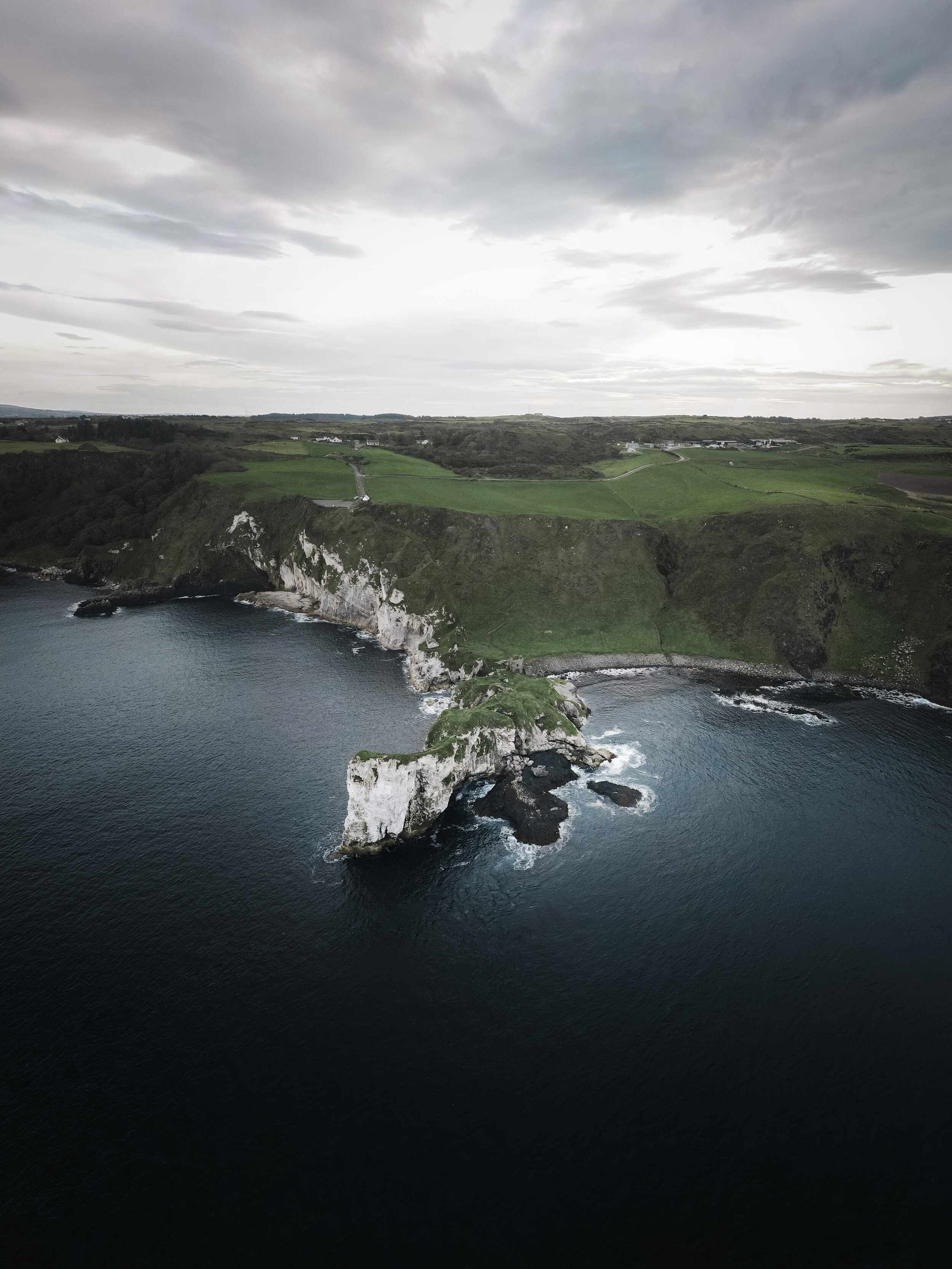
Resurrecting Irish Whiskey
The Rise.
Many will associate Irish whiskey with the blends on supermarket shelves, their numbers dwarfed by row-upon-row of Scotch and Bourbon. But travel back hundreds of years and Irish whiskey was dominant across the world. From the furthest reaches of the British Empire to America and beyond, each glass was more likely to hold a taoscán of the Irish than a dram of Scotch. Irish whiskey was a sought-after product, its promise an exquisite balance of Ireland’s natural beauty. The golden barley, fertile soils, crystal clear waters and warm Atlantic currents came together to create a nectar fit for a King and demand soared. By the end of the 19th century, Irish whiskey dominated the market, with 84% of all whiskey sold globally originating in Ireland.
The fall.
There was no one reason for its fall from grace. No one had fallen out of love with the taste or superior quality of Irish whiskey. It remained the gold standard during this time. The fall was simply an unfortunate perfect storm of events. Cheaper blended whiskies were on the rise, but the Dublin distilleries were stubborn in their commitment to quality, rejecting the idea that whiskey made on anything other than a pot still could lay claim to being ‘whiskey’. Others had adopted the Coffey Still, using lower quality products to distill pure alcohol that could then be combined with a three year old malt to produce whiskey. The Irish distillers stayed loyal to the Pot Still, a craftsman’s tool that demands a craftsman’s hand and eye to produce the premium quality whiskey for which Ireland was known.
This lost some of the Irish market share, but the outbreak of World War I in 1914 began the real decline. With barley being rerouted to feed British soldiers, whiskey production stalled. In 1915, when Germany declared the waters surrounding the British Isles a war zone, German U-boats began to sink commercial and passenger vessels at will, sparking the United States to enter the war. Such dangerous waters curtailed sailings from Ireland to export our whiskey and distilleries began to go bankrupt and shutter. Many more closed in Dublin with the 1916 Easter Rising as rebel forces took over distilleries to fight for Irish Independence. Just as World War I drew to a close, Ireland began its own fight for Independence that lasted until 1922.
Trying to operate a distillery business is hard enough as it is, but with world wars, civil wars and global volatility, it was near impossible to continue a business that supplied the world with high quality whiskey. Ireland may have been able to struggle on after the end of the war, but another huge blow was waiting. In 1919 Prohibition was enacted in the US, the second biggest export market for Irish whiskey outside the Commonwealth. Many more distilleries went bankrupt. Only a few survived.
In 1932, a trade war with Britain cut off all trade routes to the Commonwealth countries. This was a massive economic blow for Ireland and the Irish whiskey industry. More distilleries closed. Just as it seemed things couldn’t get worse, World War II broke out. By the end of the war, Irish whiskey was all but dead and buried. Just four distilleries from hundreds survived. The market dropped by 99%, from 12.5million cases of whiskey sold before World War I to just 100,000 after World War II. The Irish whiskey industry was on its knees.
Ireland’s loss was Scotland’s gain. With access to the Commonwealth and America, Scotch found favour in the markets Ireland had lost. With Ireland now a free state, Scotland capitalised on its unfettered access to the Commonwealth, taking over the markets Ireland had lost.
The rebirth.
Just like the character of the Irish themselves, the whiskey industry is resilient. Like a Phoenix from the ashes it would rise once more.
The surviving four Irish distilleries joined forces into one company forming a monopoly that controlled the local Irish whiskey market. Export or global dominance seemed to be no longer of interest. It wasn't until Pernod Ricard bought out this monopoly in 1988 and opened up worldwide distribution channels that global expansion and the resurgence of Irish whiskey began. Unfortunately, this global expansion of Irish whiskey was focused on the cheaper blended whiskies, which flew in the face of the “gold standard” or the “champagne of sparkling wine” that the world once knew Irish whiskey to be.
My mission is to raise the profile of Irish whiskey beyond what has gone before, glorious as it was. In redefining its craft we are reimagining its potential. Our ultra-rare, theatrically luxurious whiskeys are proclaiming for all to hear; Irish whiskey is back, and it’s better than ever!
